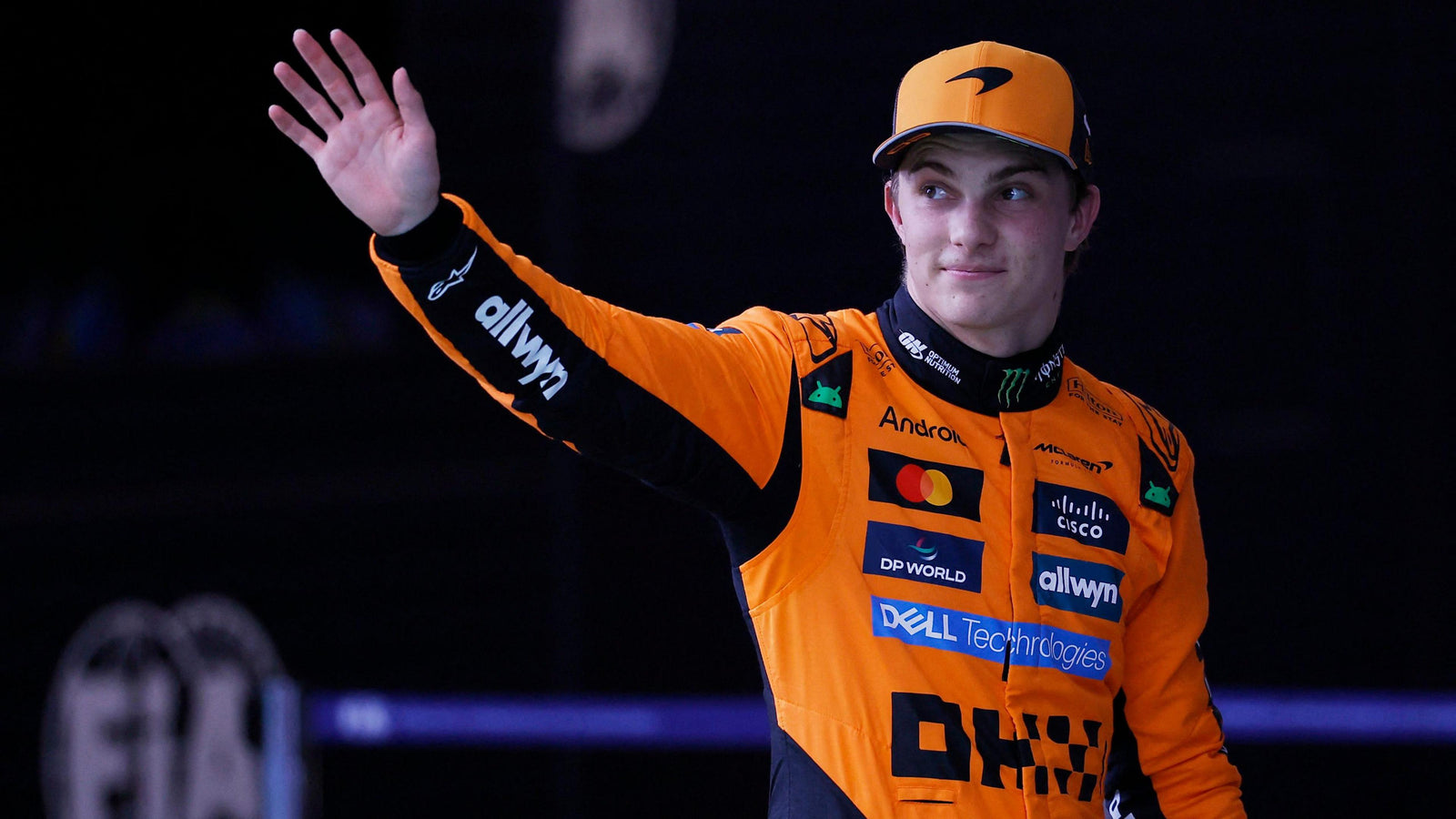Oscar Piastri’s rookie season in Formula 1 has continued to spark intrigue and excitement among fans and paddock insiders alike. The young Australian driver, racing for McLaren, has consistently demonstrated sharp adaptability and impressive composure. Yet, the unique characteristics of the Mexico City Grand Prix at Autódromo Hermanos Rodríguez presented a new set of challenges. From the thin air at high altitude to the tricky, low-grip surface, the weekend tested every driver’s adaptability—especially those still learning the sport’s technical nuances.
This year’s Mexican Grand Prix saw Piastri once again take centre stage in the midfield drama. As the cars struggled through the circuit’s demanding sections, Piastri faced the added complexity of having to adjust his driving style dramatically in response to McLaren’s updated MCL60. With a setup tailored more closely to the tastes of his experienced teammate, Lando Norris, Piastri found himself outside his comfort zone for much of the event. Yet, he delivered a battle-hardened drive, exploiting every opportunity that presented itself across qualifying and race day.
One of the weekend’s defining themes was tire management—a notoriously delicate art in Mexico. High altitude reduces downforce, putting extra strain on preservation and making rear grip particularly precious during the long stints. Piastri candidly admitted that he had to fundamentally alter how he drives, especially under braking and through the twisty stadium section. His adaptation showcased both technical maturity and a growing synergy with the McLaren engineering team. Despite having to “drive the car very differently,” his learning curve seems only to be accelerating.

The Mexico City circuit rewards precision and demands courage. The low-grip surface and risk of overheating tires make for a race where intelligent, aggressive moves must be perfectly timed. Piastri wasn’t shy about racing wheel-to-wheel, with several bold overtakes catching the attention of onlookers. At the same time, the strategic complexity of energy recovery and tire life taxed even the best on the grid. For Piastri, the event offered a masterclass in real-time problem-solving and adaptability. Every lap added to his growing toolbox as a future F1 star.
What stood out for many observers was the rapidity of Piastri's post-race analysis. He highlighted with unusual clarity the differences he felt in car behavior compared to previous weekends. The latest McLaren upgrades—so successful in the hands of Norris—require a different approach, and Piastri is taking visible steps to extract the most from them. His transparency about the challenges he faces is earning him respect both within the team and from fans, many of whom recall how only veteran drivers often provide such deep insights into car balance, setup compromises, and the unique character of each circuit.
Looking ahead, Piastri’s willingness to confront difficulty head-on and his speed in assimilating feedback bode well for his development. Every race seems to offer new lessons, and Mexico was no exception. Whether it’s mastering the intricacies of tire strategy, learning the subtleties of managing hybrid energy deployment, or racing in extreme conditions, Piastri’s trajectory points inexorably upward. The fact that he is keeping pace with, and sometimes challenging, a talent like Norris suggests the Australian is on track for great things in Formula 1.
For McLaren, the “Piastri project” is already exceeding expectations. The team is banking not just on his outright speed, but on his capacity for growth in a sport that rewards relentless improvement. As Formula 1 prepares for the last intense flyaways of the season, there is little doubt: Oscar Piastri is more than just a future prospect—he’s already one of the paddock’s most fascinating stories.


















































































































































































































































































































































































































































































































